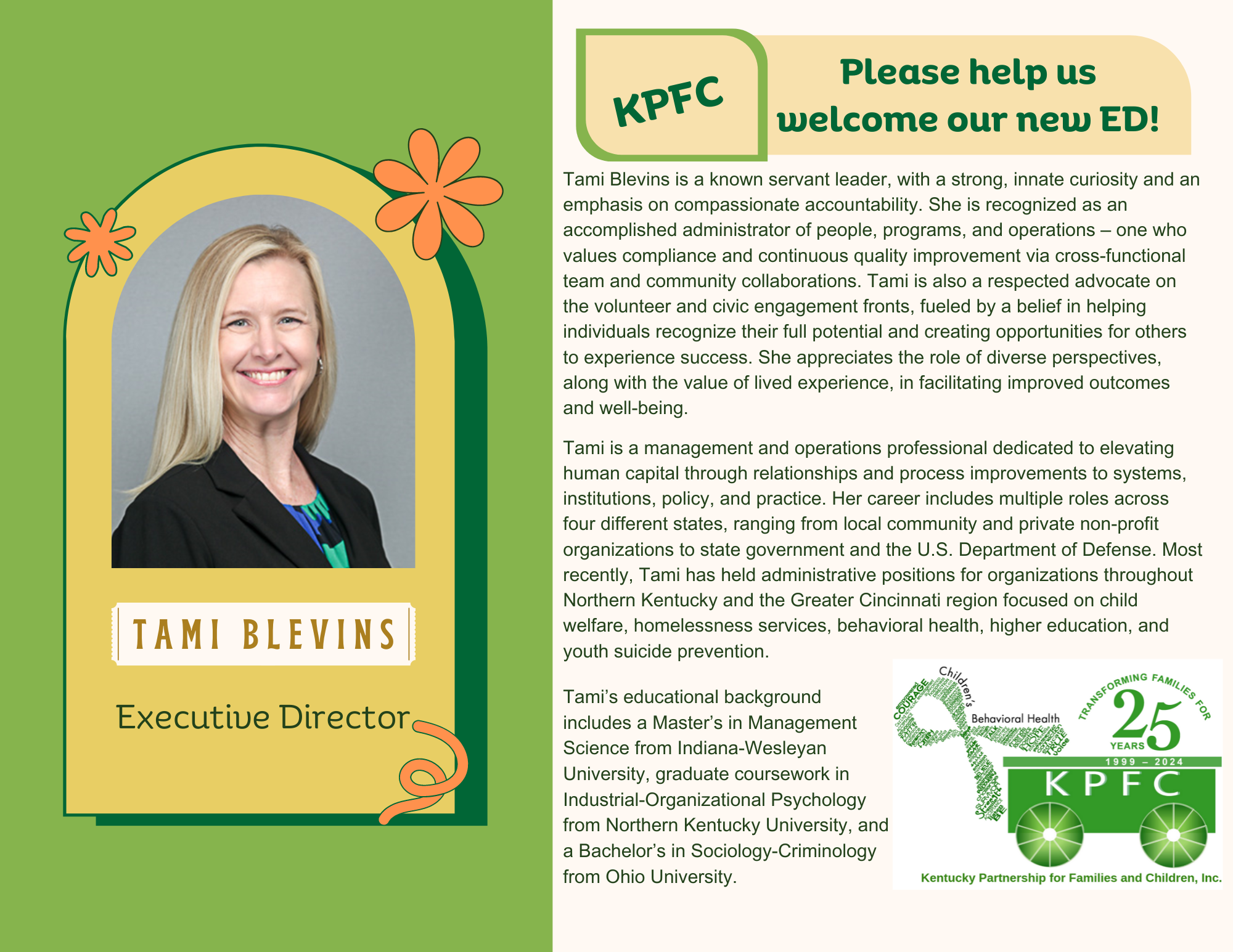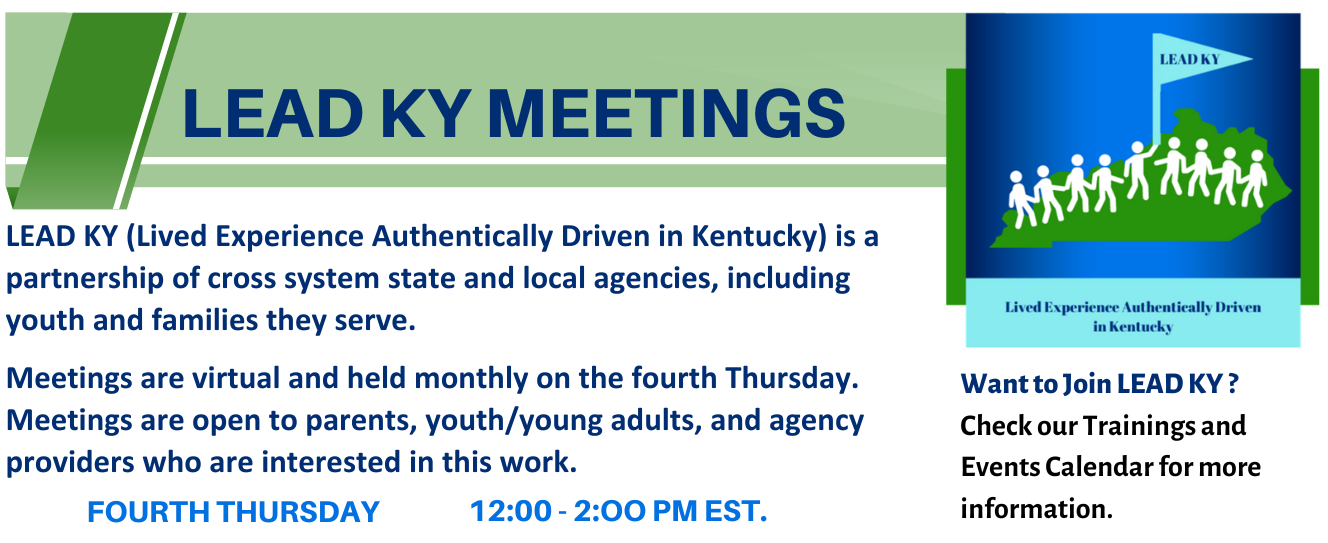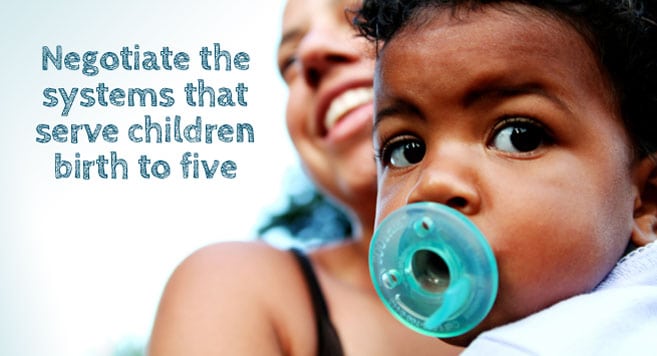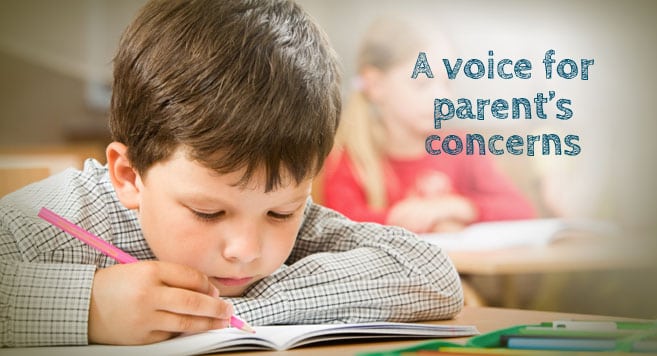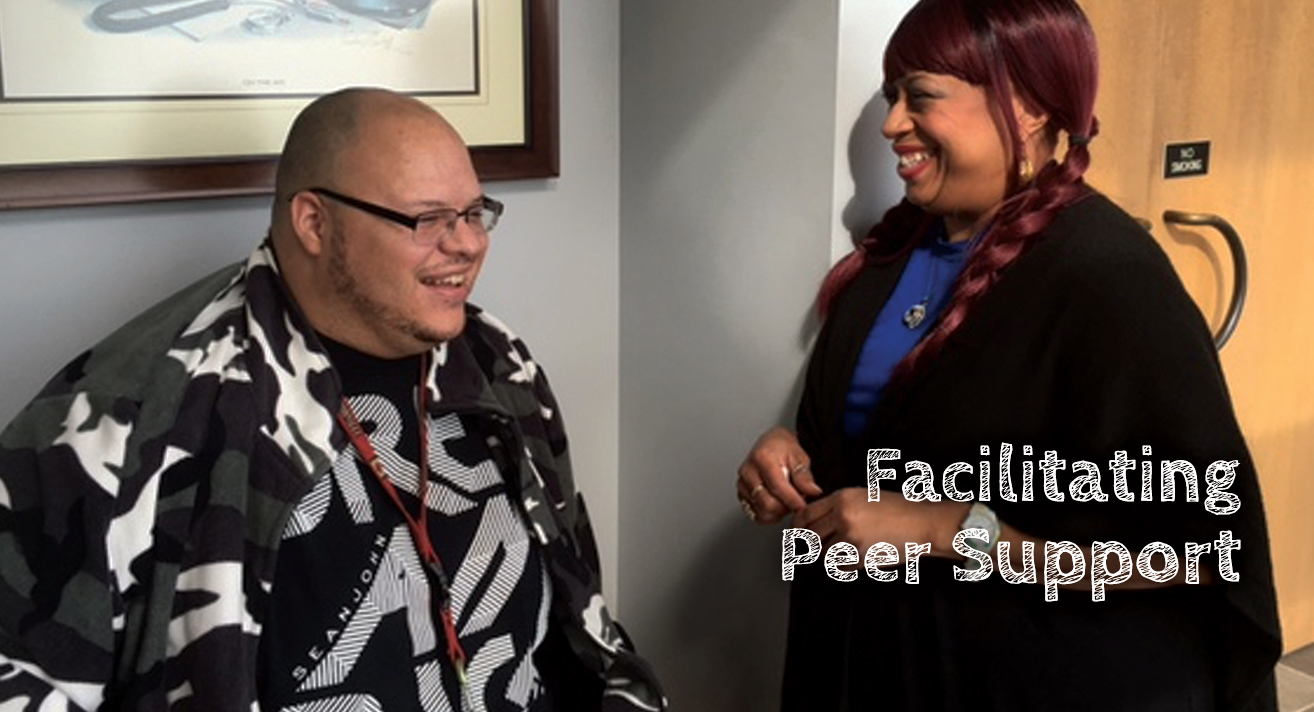Do You Know About KPFC?
KPFC (Kentucky Partnership for Families and Children, Inc.) is a statewide, private, not-for-profit organization that believes all families raising youth and children affected by behavioral health challenges deserve responsive systems providing services and resources that are Family-Driven and Youth-Driven.
Check out our latest free E-newsletter! April 2024 E-newsletter
______________________________________________________________________
Kentucky Partnership for Families and Children, Inc. is Kentucky’s state chapter for:
______________________________________________________
____________________________________________________
Learning About Sexual Orientation, Gender Identity & Expression (SOGIE)
____________________________________________________
It’s not always easy to tell others that your child has challenges managing their thoughts or feelings. And it might not be easy for your child to express that either. Even though it is normal for people of any age to experience these challenges, our culture has told us we need to fear them. In this video, we ask why it is this way and what we can all do to give each other the support we need to get help.
https://childrenscolorado.org/stigma
